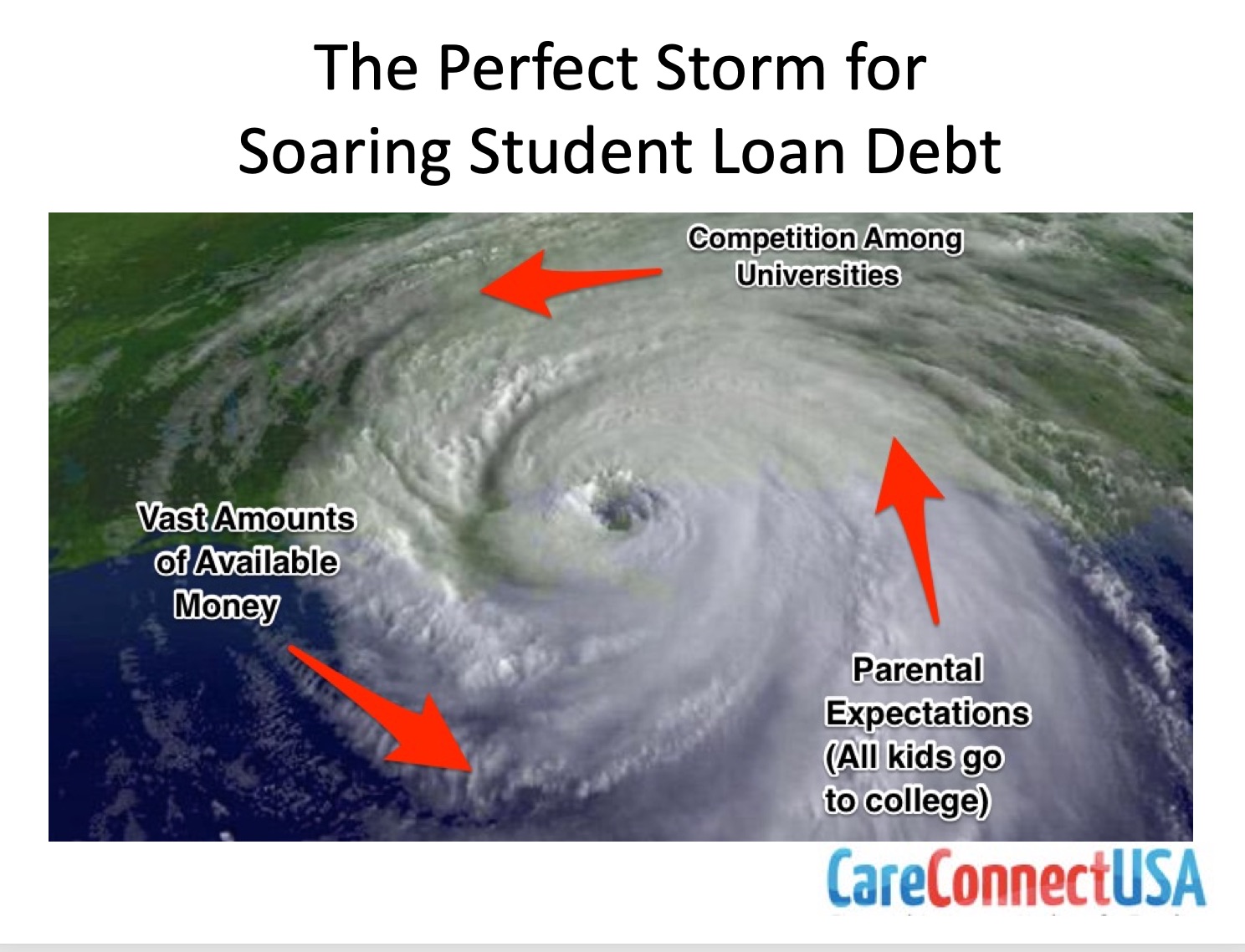
“Go to college, so that you will be able to get a well-paying job and retire comfortably when you are 60.” For a long time, this was great advice that was hammered into us all right from childhood. Going to college helped you get your foot into the door at a lot of companies and gave you access to opportunities that would not otherwise be available. Since college used to only cost a couple of grand per semester, it was more than worth it to secure a higher salary. Going to college would almost guarantee you a boost in salary down the road that you could use to easily repay any loans you took out.
What used to be a foolproof strategy is no longer the case. Over the past several decades, the cost of tuition in America has increased at an alarming rate. At the same time, what was once a bountiful job market has now been picked over, leaving many college graduates stressed about finding any job, let alone one with a high salary.
Additionally, the average student graduates with over $30,000 worth of student loan debt. This is a serious burden that will require much more than a few overtime hours to pay off. This debt puts younger generations down several scores before they have even started playing the game.
The student loan crisis in America

The student loan crisis has just recently started to become a mainstream issue in America. The 2020 presidential election was one of the first years that politicians ran with student loan debt at the forefront of their platforms. Part of the reason why it was not considered an issue for so long is that this system worked flawlessly for older generations.
Older generations went to college and most will preach that they were able to cover their tuition by simultaneously working a part-time job. “We knew the value of hard work!” They’ll say. “Younger generations just want everything to be handed to them”. In reality, if you went to college in 1980 then the average cost of tuition for one year at a public institution was about $2,700. The minimum wage during this time was $3.10. This means that they would only need to work about 18 hours a week for 50 weeks (the approximate length of the school year) in order to cover the cost of their tuition.
Today, the average cost for one year at a public university is roughly $21,000. The federal minimum wage is $7.25. This means that a student would only need to work 58 hours each week for 50 weeks to cover the cost of their tuition. Assuming they only work during the work week, this would mean 11.6 hours each day. Not exactly feasible for a full-time student.

Student loan debt has skyrocketed as a result of a perfect storm of 3 forces:
1) Schools must raise tuition to pay for shiny new buildings, kitchens, facilities to compete with other universities.
2) Families are marching their sons and daughters off to college in some cases when college may not be suitable for them. This misplaced attempt leads them into debt, even if they do not finish their degree. There has become a widespread parental expectation that all their children must attend college, or they have failed somehow.
3) Vast amounts of loans are available from the US Department of Education. There is little or no regard for the student’s likelihood for paying the loan back in a timely manner.
To be clear, the rising cost of tuition has not stopped younger generations from attending college. Instead, they are just finding more creative ways to pay for it. Mainly, by taking out hefty private and federal student loans. This has led to 43 million young Americans owing an average of $36,000 in personal student loan debt. This collectively brings the student loan debt total in America to $1.7 trillion.
This $36,000 debt weighs down on young Americans who are frantically trying to find employment and meet their bills.
How this debt is setting upcoming generations back

Being in debt when you are young is debilitating to one’s future. Six months after graduating college, former students (now young professionals) start getting hit with automatic payments of a couple of hundred dollars each month. If you graduate with a standard student loan debt of approximately $30,000 then you can expect to pay about $300 per month for 10 years before you are fully repaid (depending on your interest rate, loan term, and repayment plan).
Following the system, this should be no problem at all since young professionals can use their new diplomas to secure a high-paying job.
However, as they try to enter the job market, younger generations face three decades of stagnant wages, resulting in a decreasing labor market. The expected well-paying jobs do not exist (possibly causing older workjers to put off retirement). While they are job hunting, younger generations have faced quite a bit of adversity. First, there was the economy-shaking 2008 Financial Crisis which almost thrust the entire country into a depression. More recently, there was the COVID-19 global pandemic in 2020 which shut down the entire economy for almost a year.
Once they have secured employment, the high cost of living in most major metropolitan areas sucks up most of their cash just to pay for rent, food, and other necessities.
Now factor in that their bank account is automatically deducted $300 each month (and will be deducted every month for the next 10 years). This is $300 out of their pocket that cannot be used to pay bills, or invested for the future. These deductions make it that much more difficult to save money and plan for the future and is part of the reason that only 1 in 5 millennials have an investment account.
Right now, younger generations are struggling to even meet basic living expenses, let alone thinking about major purchases like buying a house.
This might sound like younger generations are just out of luck. However, their struggle could potentially turn into a larger-scale economic problem. Entire generations with reduced income would cause consumer spending to drop across the board. This means fewer and fewer people buying goods, homes, investing, and shrinking the economy overall. That is, until the old model of “borrow like crazy, go to school, and get a job” is ditched for an improved, better thought out one.
If you or someone that you know is facing undue hardship with their student loans, call the Student loan Relief Helpline at 888-856-2668. Speak with an expert on all the federal relief and forgiveness programs. If you are dealing with troubling debts from a bank or non-government entity, call the Private Student Loan Relief Helpline at 888-669-1064. They will discuss your debt and consider options for reducing payments, catching up missed payments or trimming the principal amount you owe. Some programs combine a new loan with settling the old loan at a reduced payoff. See if you qualify.









